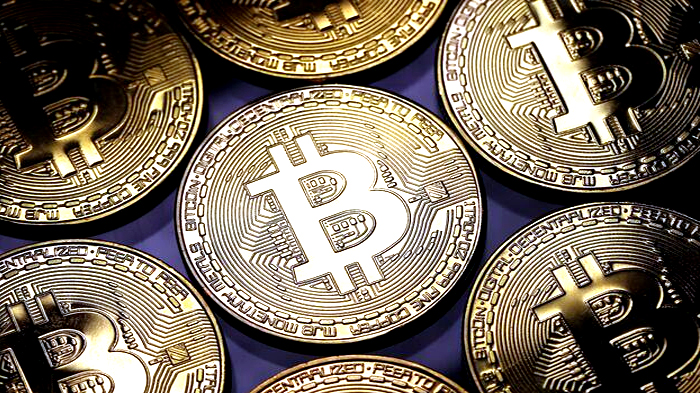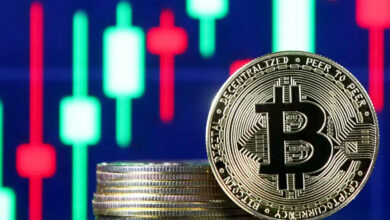Sharjahverse is a collaboration between the UAE and Multiverse Labs.

In Sharjah, the artificial intelligence ecosystem Multiverse Labs has opened a new metaverse city. The goal is to bring more tourists to the United Arab Emirates (UAE).
Developers of Multiverse Labs say that Sharjahverse, the new metaverse metropolis, is “photorealistic and true to physics.” It takes up all 1,000 square miles of the emirate. Sharjah Commerce and Tourist Department Authority is behind the new metaverse city (SCTDA).
The Sharjah Commerce and Tourism Development Authority (SCTDA) was set up in 1996. It is the main government body in charge of regulating and growing the tourism industry in the Emirate of Sharjah. The group hopes that the new virtual city will create more jobs in the metaverse and bring more tourists to the area.
Khalid Jasim Al Midfa, the head of the SCTDA, said that the new project would move “the mass market tourism industry toward next-generation, sustainable practises.” Because of this, Sharjahverse is said to give “unprecedented access to almost any place” in the emirate.
There are signs that the UAE’s federal government is working on good regulatory catalysts for the country. This is in addition to the fact that crypto and blockchain are becoming more accepted at the UAE level.
A report from earlier this year said that the UAE Securities and Commodities Authority is almost done with making laws that would make the country a good place for digital asset businesses to be set up.
Just a few weeks ago, similar things happened in Dubai, which is right next door. On September 28, the UAE Ministry of Economy announced that the “third address” will be the “third address” of the new Metaverse headquarters.
The United Arab Emirates isn’t the only country that thinks Metaverse technology could be good for business. The Prime Minister of Japan has said that metaverse technology will be part of the country’s digital transformation. In South Korea, the government has given hundreds of millions of dollars to a number of metaverse projects.
The post The UAE and Multiverse Labs Launch Sharjahverse Together appeared first on Coin Edition.





